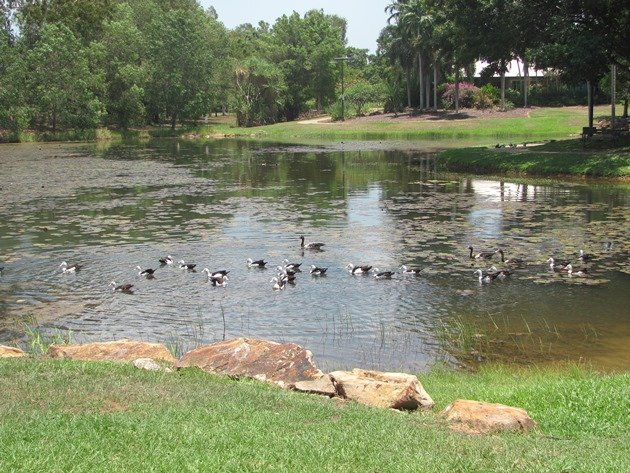
Over the past few weeks I have introduced you to some of the birding available in Palmerston in the Northern Territory and it has been a great city for us to find birds. I have been able to cycle around the various lakes and lagoons during the day and in the late evening Grant has been able to join me to observe the birds that I have found. The city has been designed with thought and allows for the residents to be able to walk or cycle throughout the suburbs with ease. The native trees and water bodies have encouraged bird-life and it is pleasantly shaded in many areas with seating also available.
My regular cycling to Marlow Lagoon and Sanctuary Lakes during our stay has been productive and varied for birds as the water levels change. I have also spent time cycling and walking around the Durack Lakes. This lake system is surrounded by homes and the Palmerston Golf Course, but the bird-life differs to the other two water bodies. It is the only lake or lagoon in the city of Palmerston where I have found the Comb-crested Jacana and they are present in each of the lakes. They have access to plenty of water lilies, which they hop across as they feed and even a couple of balls in the water get used for balancing on! It really emphasises the size of their feet! They also use the ramp on the edge of the lake for bathing.
Comb-crested Jacana stretching
Radjah Shelduck and Comb-crested Jacana
Comb-crested Jacana on a ball!
Comb-crested Jacana enjoying a bath!
One lake has had a lone Australian Pelican in for several weeks and in the last few weeks there has been the arrival of Magpie Geese and numerous Radjah Shelducks. The land is drying out here and the birds are moving to where the water is until the first rains arrive. There are also Pacific Black Ducks present throughout the lakes.
Australian Pelican
The lakes are popular with Australasian Darters, Little Black Cormorants and Little Pied Cormorants. There are fish present and the Great Egrets and Intermediate Egrets take advantage of the food. There are several pairs of Green Pygmy-geese in each lake and both Sacred Kingfishers and Forest Kingfishers are often observed in the nearby trees.
Australasian Darter and Green Pygmy-geese
I have observed a Striated Heron at the lakes here which is the only rufous morph that I have experienced and although a Striated Heron is a bird I associate with the beach in Broome (or our garden!) it appears to have made a lake near the Golf Course its home. This rufous morph Striated Heron is usually on the edge on the lake right against the path or roosting in a tree at the edge of the lake.
Striated Heron-rufous morph
All three species of Ibis are now present due to the land drying out. It is normal to find White Ibis and Straw-necked Ibis in the suburbs, but the less common Glossy Ibis has moved into suburbia now too. Even a Common Sandpiper dropped by on one visit!
Straw-necked Ibis, White Ibis and Glossy Ibis
The most common finch that I see as I walk or ride around the lakes is the Double-barred Finch, but often I hear and then see the brightly coloured Crimson Finch. They take advantage of the overflows from each of the lakes where the reed beds grow. Often Restless Flycatchers and Peaceful Doves will use these areas to nip down for a drink.
Crimson Finch
The native trees are productive when they are in flower and you can expect to find a variety of honeyeaters. The most common honeyeaters that I have seen in recent weeks have been the Blue-faced Honeyeater, Rufous-banded Honeyeaters, Dusky Honeyeaters, White-throated Honeyeaters and White-gaped Honeyeaters. At this time of year the trees are also home to pairs of Pied Imperial Pigeons, which have migrated south from Asia.
Pied Imperial Pigeons
Red-collared Lorikeets, Redwing Parrots, Little Corellas, Galahs and Red-tailed Black Cockatoos add to the variety of birds species that you can hope to see. Both the Black-faced Cuckooshrike and White-bellied Cuckooshrike are usually observed and the White-winged Triller is also often encountered. You can also expect some abuse from the numerous Masked Lapwings that breed around the lakes! I have recorded a good variety of birds around these lakes and they are definitely worth a visit.


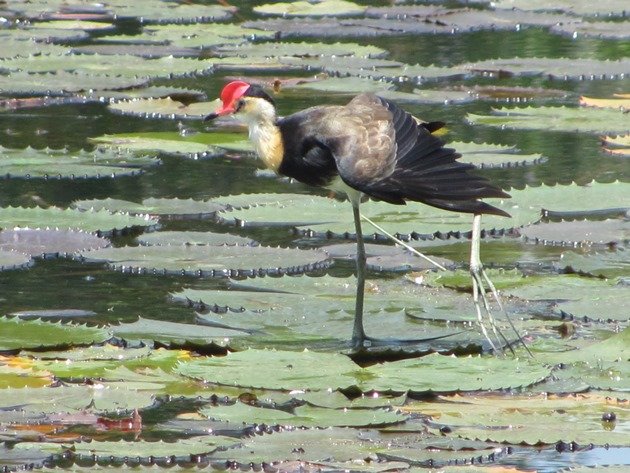
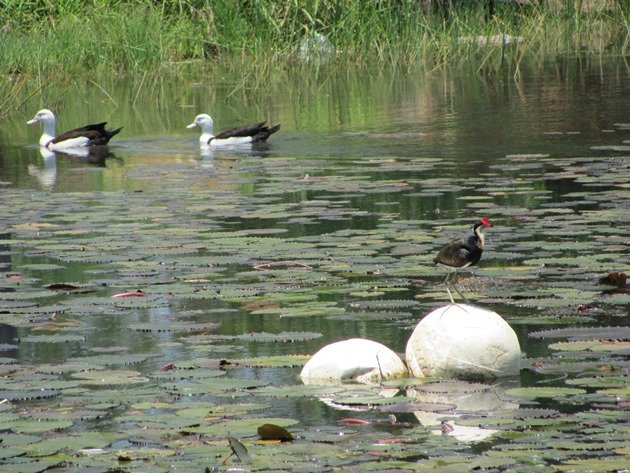
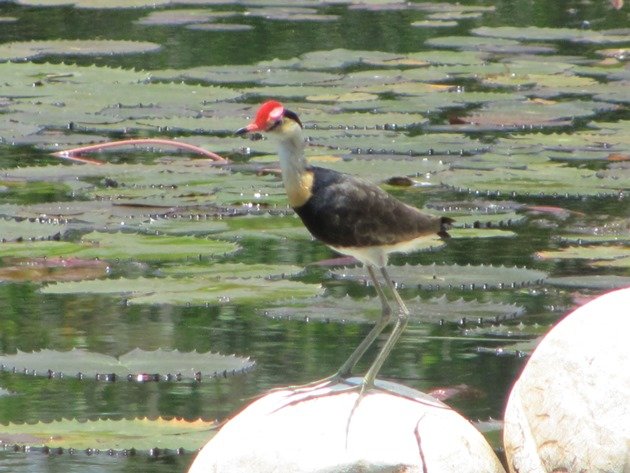
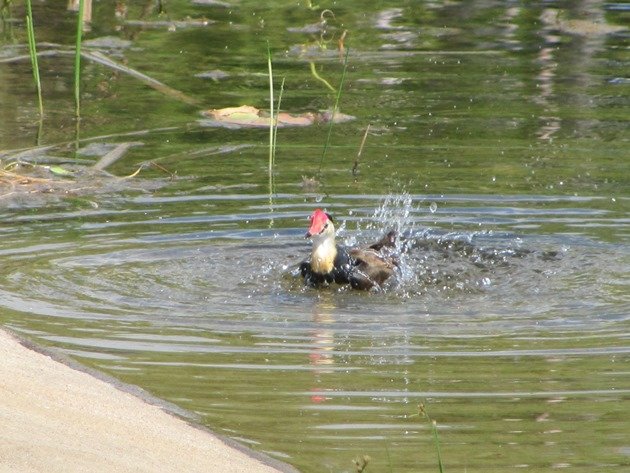
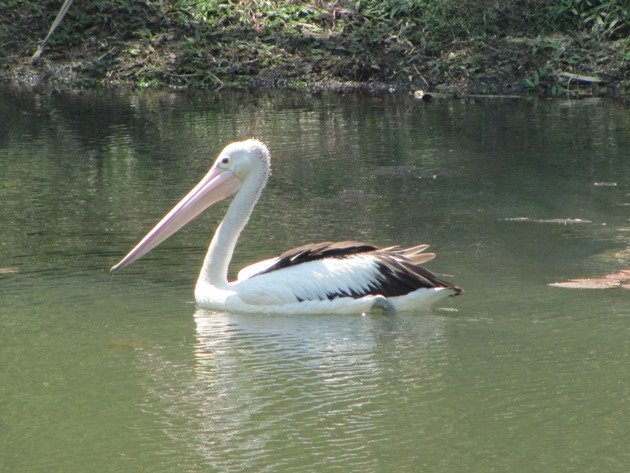
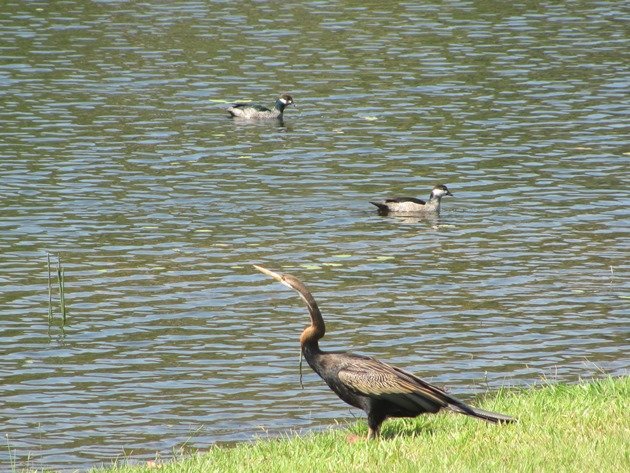
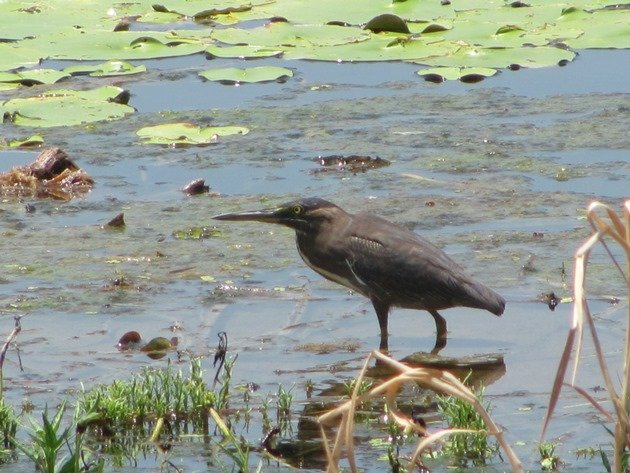
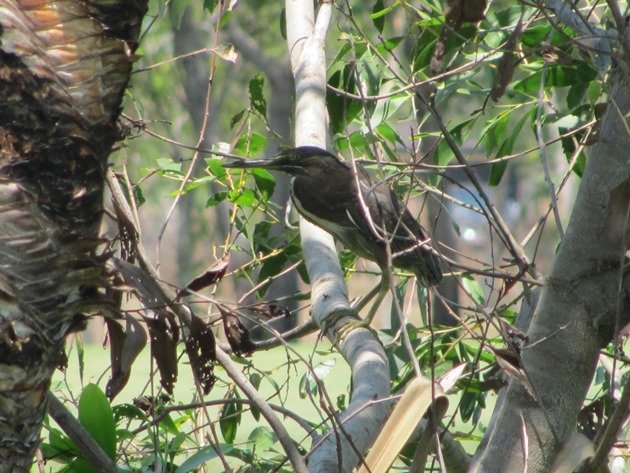
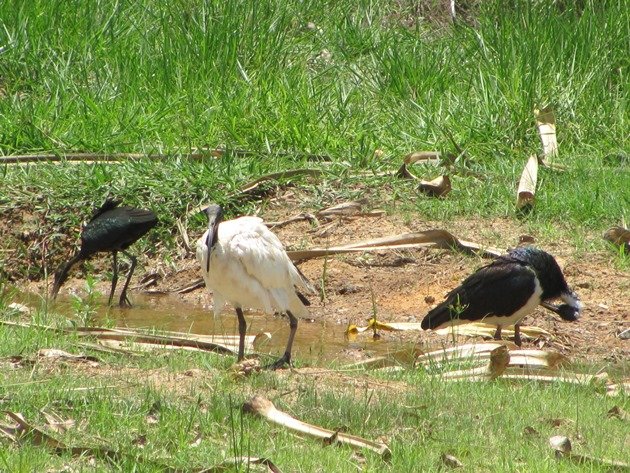
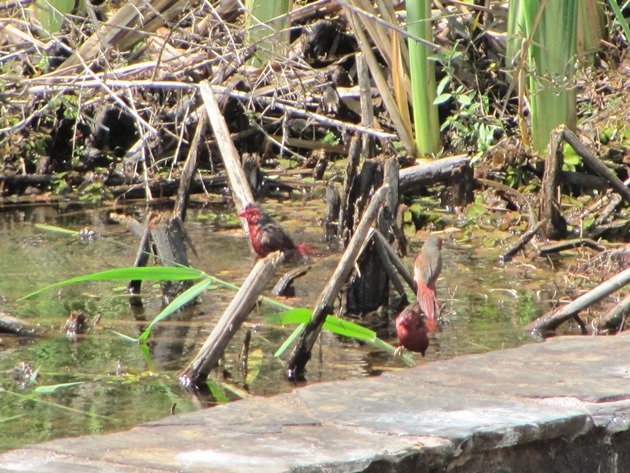
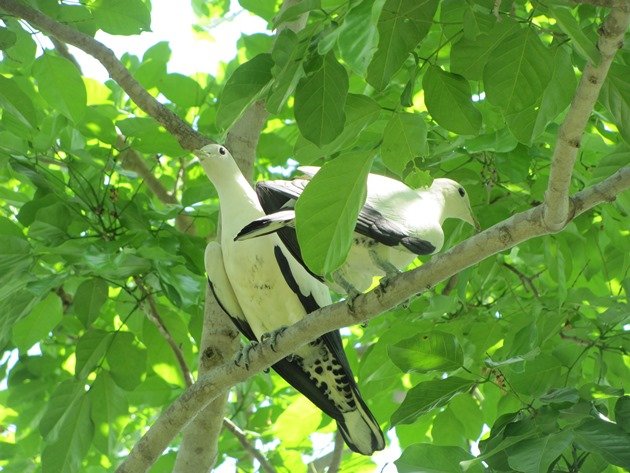











It’s interesting that you’re seeing White-winged Trillers in the Darwin area and not the Varied that would be seen that far north in Queensland – I’ll have to check the distribution of both.! White-winged have migrated back to northern Victoria now, although I haven’t heard reports closer to Melbourne.
Lovely series of photos.
Wow, Clare! Those jacanas have a ready-made Halloween costume—Edward Scissor-feet!
Great Jacana photos!
Varied Triller are now the predominant species, but both were present when we first got to Palmerston in August.